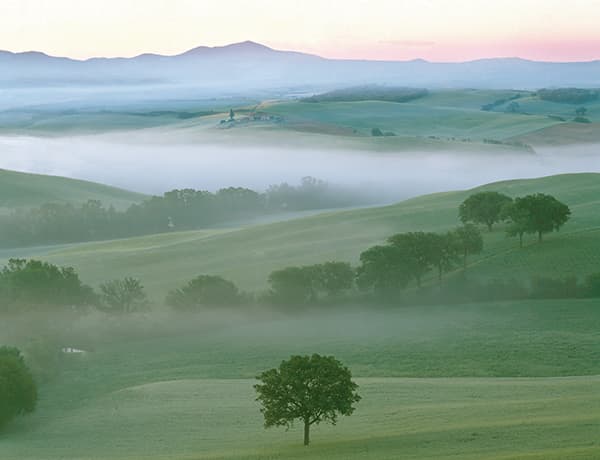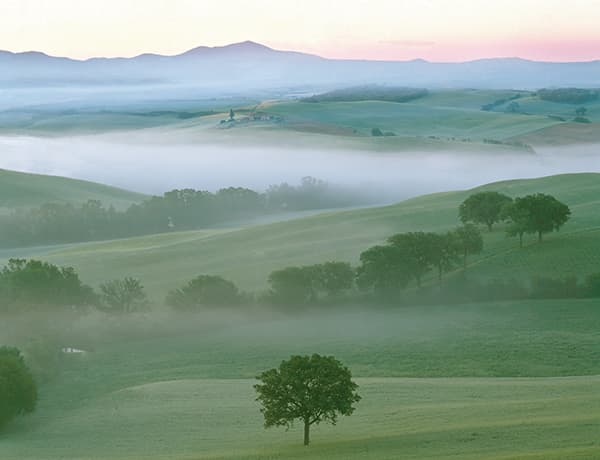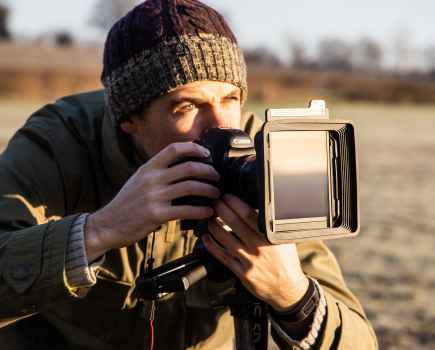
Telephoto lenses compress perspective so the elements in a scene appear closer together.
Tele-photo. The title says it all, really – photos taken at a distance. That’s what telephoto lenses do. They pull things in, magnify them, let you get up close and personal. For sport and nature photography, where your subject is usually some distance from the camera, telephoto lenses are invaluable because they allow you to fill the frame when getting physically closer isn’t an option. But the fact that they allow you to be selective, and decide exactly what you want in a shot and what you don’t, makes telephoto lenses handy for other subjects, too – subjects that you wouldn’t naturally associate them with – like landscapes. They also have other characteristics over and above the power to magnify that you can use to creative effect.
Any lens with an effective focal length longer than 50mm is considered a telephoto with digital SLRs and the longer that focal length is, the more the telephoto characteristics are emphasised. Moderate tele lenses from 70-300mm are ideal for landscape photography because they’re not too powerful or big or heavy, but still give you the benefits of a telephoto – which is why there are zoom lenses covering this range. Beyond 300mm you’ll probably find them a little too powerful, as you can’t actually get much of a scene in the shot, though in some locations ‘long toms’ – as more powerful telephoto lenses are often called – can be invaluable and produce stunning results.
This month’s Top Tips will give you an idea of what can be achieved when you take a telephoto lens into the landscape. We hope you’ll be inspired.







